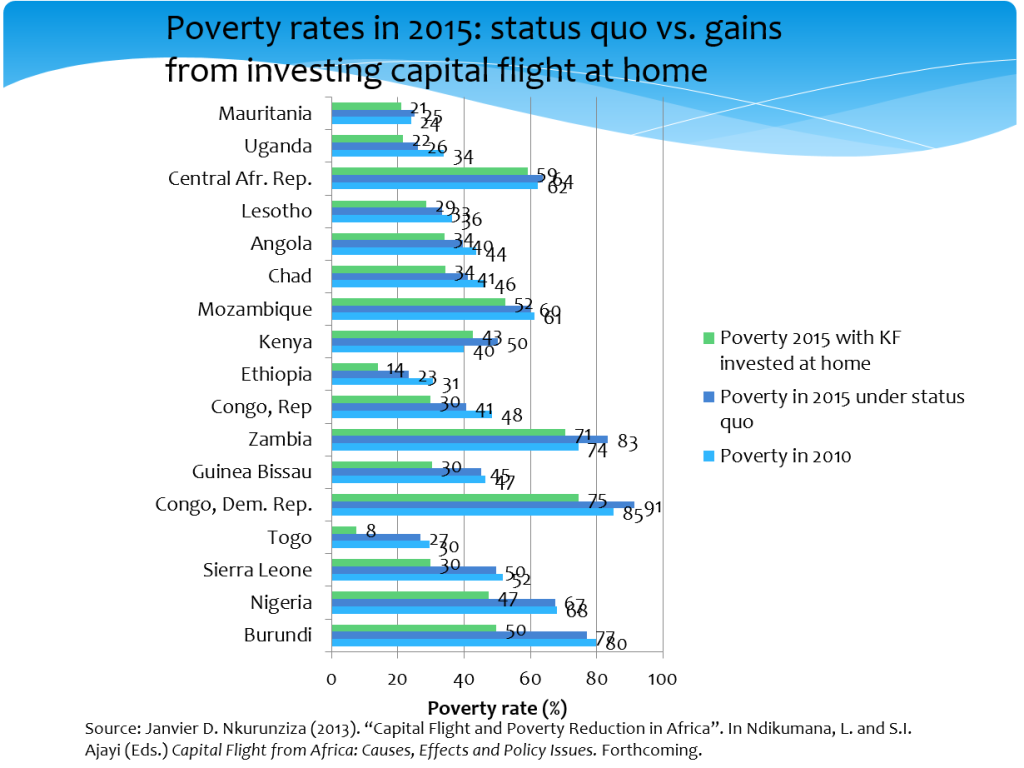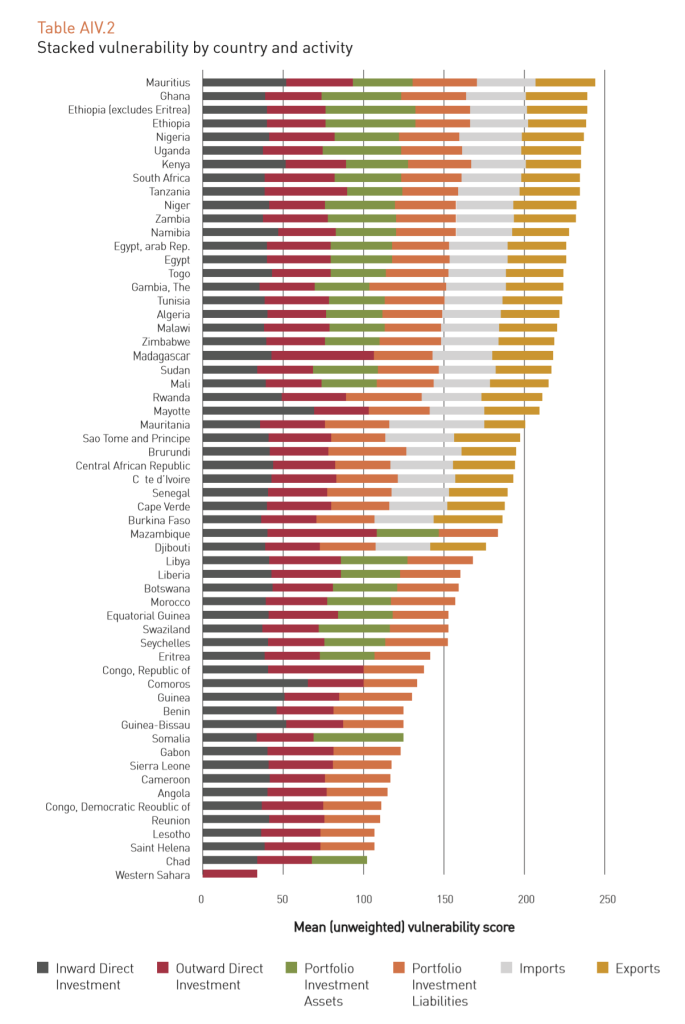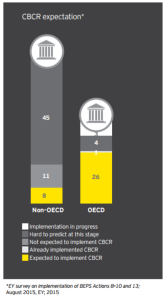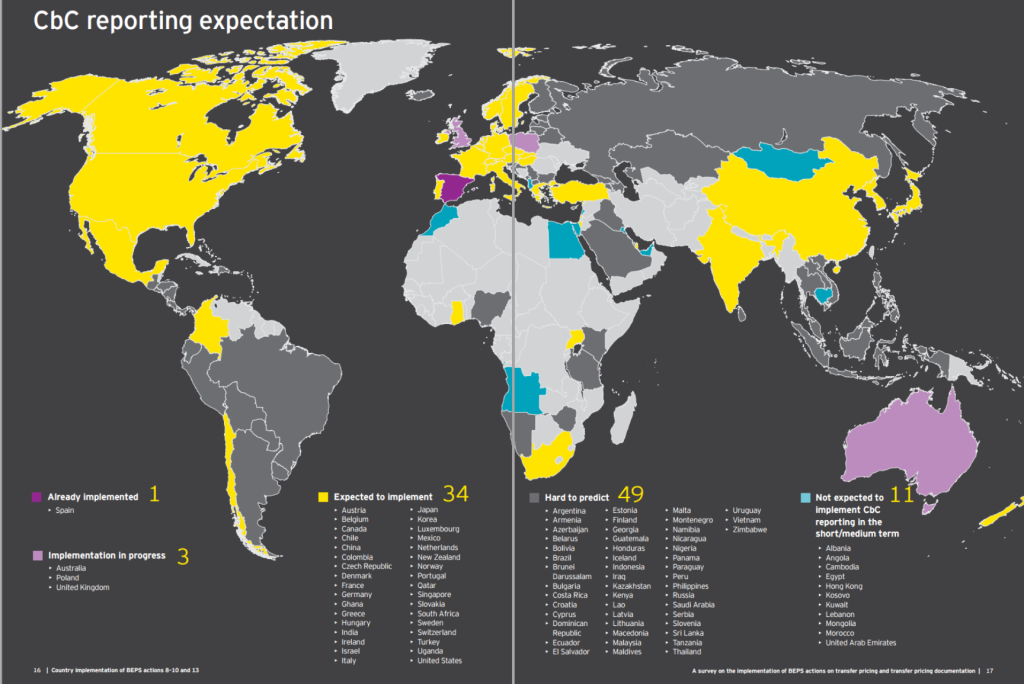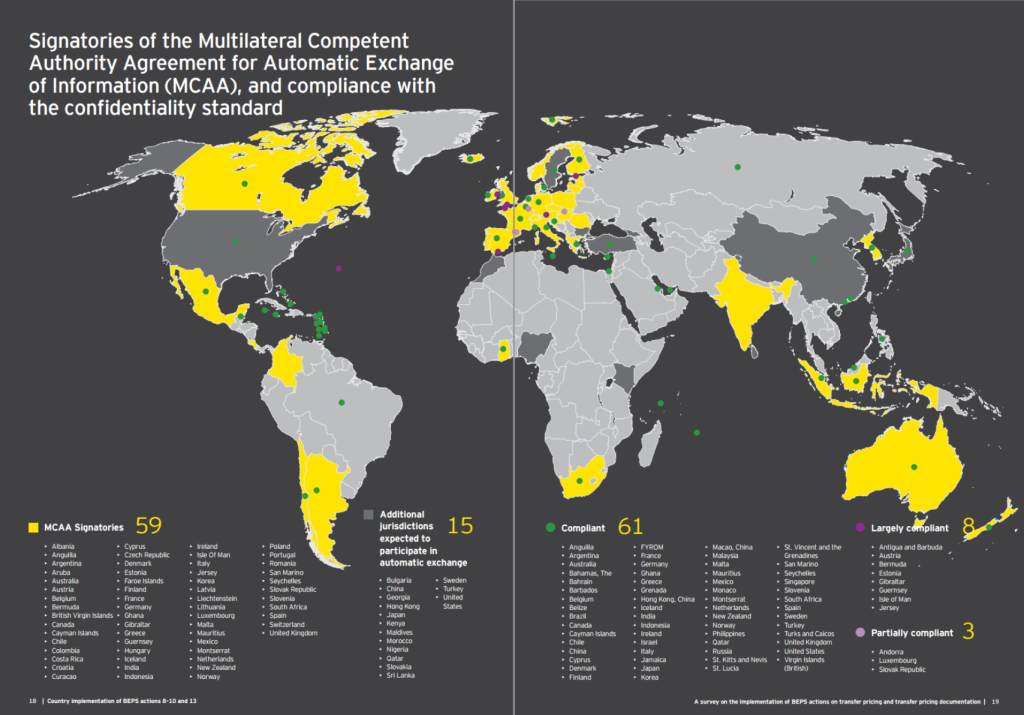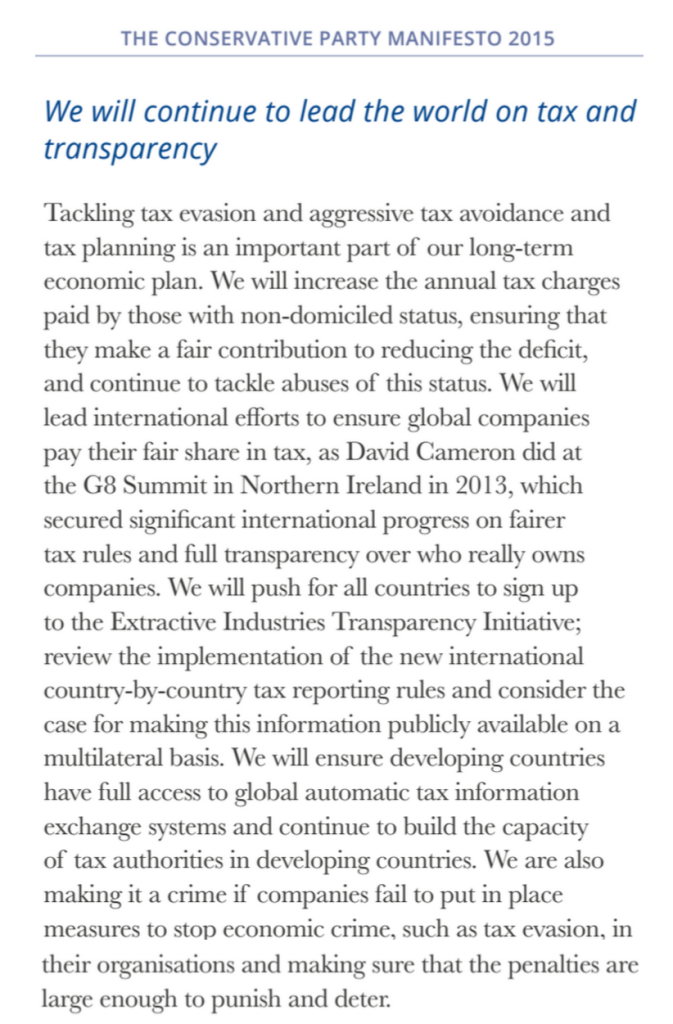Cross-posted from taxjustice.net
The full publication of multinational companies’ country-by-country reporting took a step closer today. A begrudging step, which as it stands would negate most of the benefits; but an important one nonetheless, because of the direction of travel.
A long road travelled
A little background. Public CBCR, as proposed by Richard Murphy and John Christensen for TJN way back in 2003, is a tool for accountability:
- First, by making public the distribution of companies’ activity, and that of their declared profits and tax paid, public CBCR makes multinationals accountable for the extent of their profit-shifting and tax manipulations.
- Second, public CBCR makes jurisdictions such as Luxembourg accountable for their role in siphoning off profits from elsewhere (without the underpinning economic activity).
- And third, public CBCR makes tax authorities accountable for their ability and willingness to ensure companies pay an appropriate rate of tax on their activities.
After ten years of building the case for public CBCR – including the crucial support of international development NGOs such as Christian Aid and ActionAid and our partners in the Financial Transparency Coalition, and the emergence of a global network of civil society organisations, the Global Alliance for Tax Justice – success! The G8 and G20 groups of countries mandated the OECD to produce a standard as part of the international tax rules.
Private CBCR: A measure for tax injustice
Then, a setback: aggressive lobbying led to the OECD taking its broadly robust standard and making it as unhelpful for accountability as possible. Specifically, the decision was taken to make the reporting private to tax authorities – at a stroke, eliminating all the accountability benefits with the exception of multinational accountability to tax authorities. (This, of course, is the accountability that was by far the strongest beforehand, since tax authorities could already demand very substantial additional information from corporate taxpayers; and hence the benefit arising is likely to be the smallest).
This move also reversed the development direction. Among tax authorities, public CBCR would disproportionately benefit those which are:
- politically least able to demand information, i.e. those from lower-income countries; and
- technically least able to resource long, technical battles over transfer pricing and other elements of the international rules where tax manipulation is common, i.e. those from lower-income countries.
As such, public CBCR is a measure that challenges the major inequality in the global distribution of taxing rights – an inequality that means the resulting tax losses may be several times larger as a proportion of existing revenues in non-OECD countries, on the basis of IMF research findings.
The OECD reversal was exacerbated by a decision that reporting would only be provided to headquarters country tax authorities, i.e. overwhelmingly to those in OECD countries and not elsewhere. This necessitated the development of resource-consuming, additional instruments to provide that information to other tax authorities; along with various criteria to exclude those that might have the temerity to make the data public, or to use it for non-OECD-approved tax approaches.
At this stage, then, the overall effect has been to worsen rather than to curtail the global inequality of taxing rights – exactly the opposite of what public CBCR would ensure.
Leaked European Commission proposals
Unsurprisingly, the policy discussion now centres on delivering TJN’s original proposal, and making CBCR public – with the expressed support of various European Commission officials and of UK Chancellor George Osborne. The compliance costs are now locked in for companies, and there would likely be an overall cost saving from switching to open data publishing, so that counter-argument has long gone.
Today, European Commission documents leaked to Politico and to the Financial Times show a step in this direction. The FT (£) summed up the main flaw:
In a significant disappointment for tax-justice campaigners, the scope of the disclosure rules will be limited to activities within Europe, leaving a lack of transparency on profit shifting to non-EU tax havens such as the Cayman Islands and Bermuda.
As Richard Murphy pointed out directly, this is not country-by-country reporting. It’s not only that we don’t see the likes of Bermuda; we also lose all developing countries too, and instead get a single number capturing both. Rolling together the jurisdictions where profit is likely to be shifted to, with those where profit stripping may be most egregious, is of course to negate the entire point of CBCR – which is to understand the disaggregated distributional picture.
As it stands, the proposal would support accountability of European tax authorities for LuxLeaks-type abuses – that is, it would make clear where EU members were receiving much higher shares of profit and/or tax than activity. To an extent, it would support accountability for authorities in terms of their obtaining a fair share of multinationals’ global tax base (albeit without explaining the full picture extra-EU). It would provide only limited accountability for multinationals, since the bulk of their inward and outward profit-shifting might well be hidden.
What the proposal would dramatically fail to deliver is any direct benefit for developing countries. Since their information would not be disaggregated, there would likely be little more value than from what is currently possible by comparing national tax returns with consolidated global accounts of the taxpayer’s group – except, perhaps, where the Commission proposal might reveal a particular jurisdiction risk relating to an EU member state (e.g. seeing the global scale of profit-shifting into the Netherlands might help the Ghanaian revenue authority to focus on particular transactions). Indirectly, the proposals might allow developing countries more space to pursue their own public CBCR approach; but at the risk of locking in the same weaknesses.
In addition, the proposal would fail to identify or support accountability for any non-EU profit havens – with the potential effect that their share of global shifted profits would actually increase. The Commission would be creating, deliberately, a playing field unbalanced against their own member states.
Rubbish proposals – rejoice!
Overall, then, the leaked proposals seem to fail when assessed against any realistic aims. They do not deliver full accountability within the EU; they disadvantage member states against others, to the extent that overall profit-shifting and tax losses may not be reduced; and they deliver nothing for developing countries. The proposals are, in short, a clear step back from the European Parliament’s support for a fully global approach.
And yet the proposals remain a step in the right direction. The only discussion is about how to make CBCR public; not whether to. Given the heavy lobbying against the OECD standard – to say nothing of the ten years that it took us to bring the measure to the top of the global policy agenda – it was to be expected that there would be some bad proposals for public CBCR. And the leaked Commission document is certainly one!
More work is clearly needed to educate policymakers and their technical advisers on the specific benefits of public CBCR, in order to inform a more sensible set of proposals. (Not least in the US.) And it may be that some jurisdictions pursue bad proposals before others (and perhaps some forward-thinking multinationals) lead the way with good ones. But we are on the road, inexorably, to the global delivery of TJN’s first policy proposal: public CBCR and all the accountability benefits.
The Commission’s proposal is rubbish – let us rejoice.




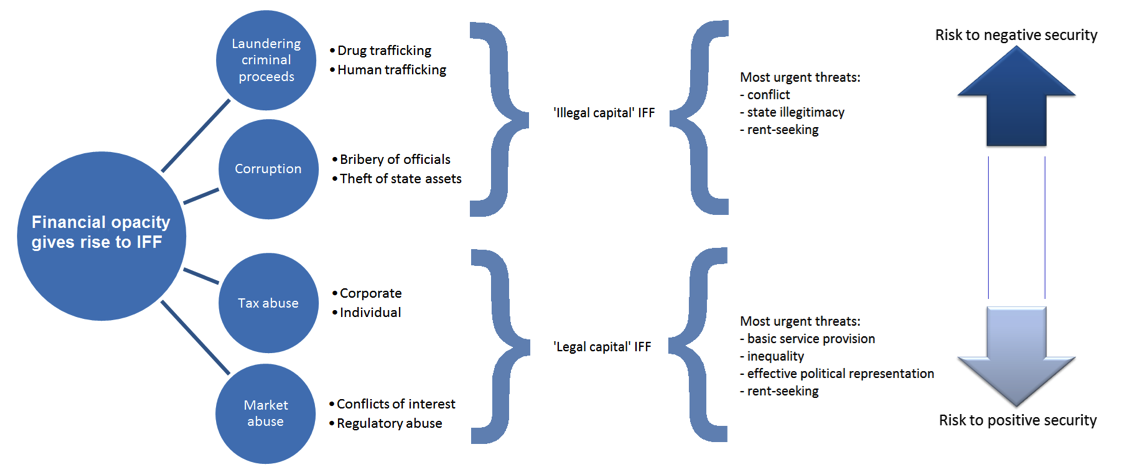



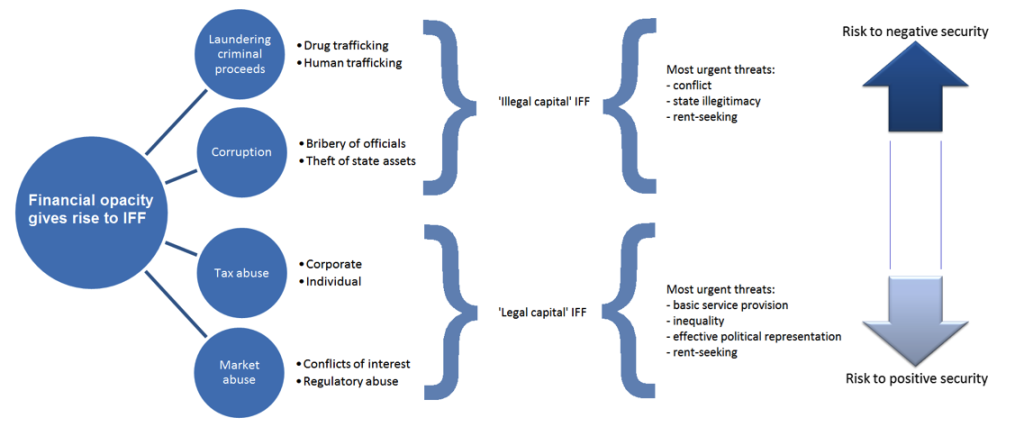
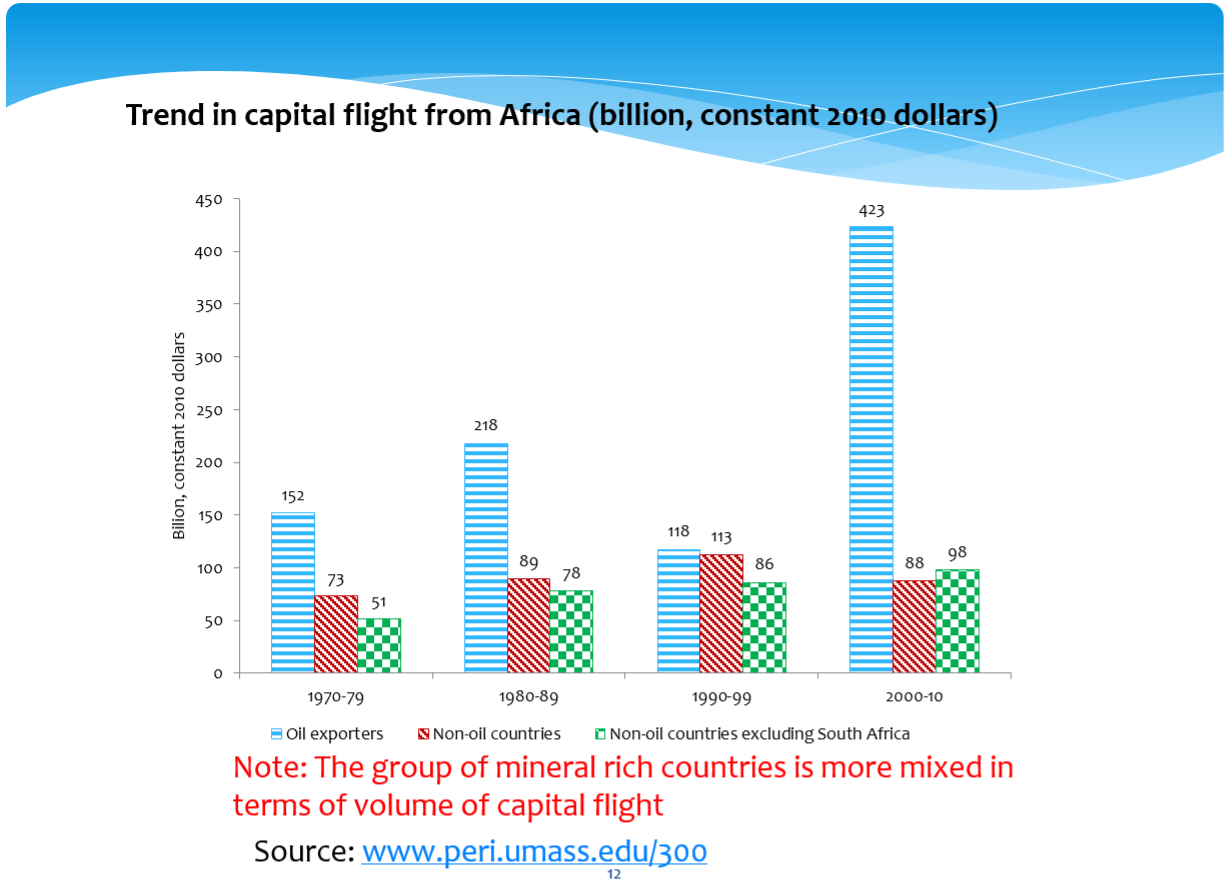
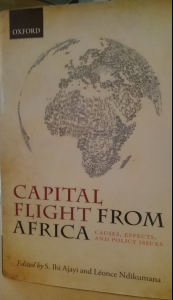 Ibi Ajayi & Léonce Ndikumana (eds.), 2015,
Ibi Ajayi & Léonce Ndikumana (eds.), 2015, 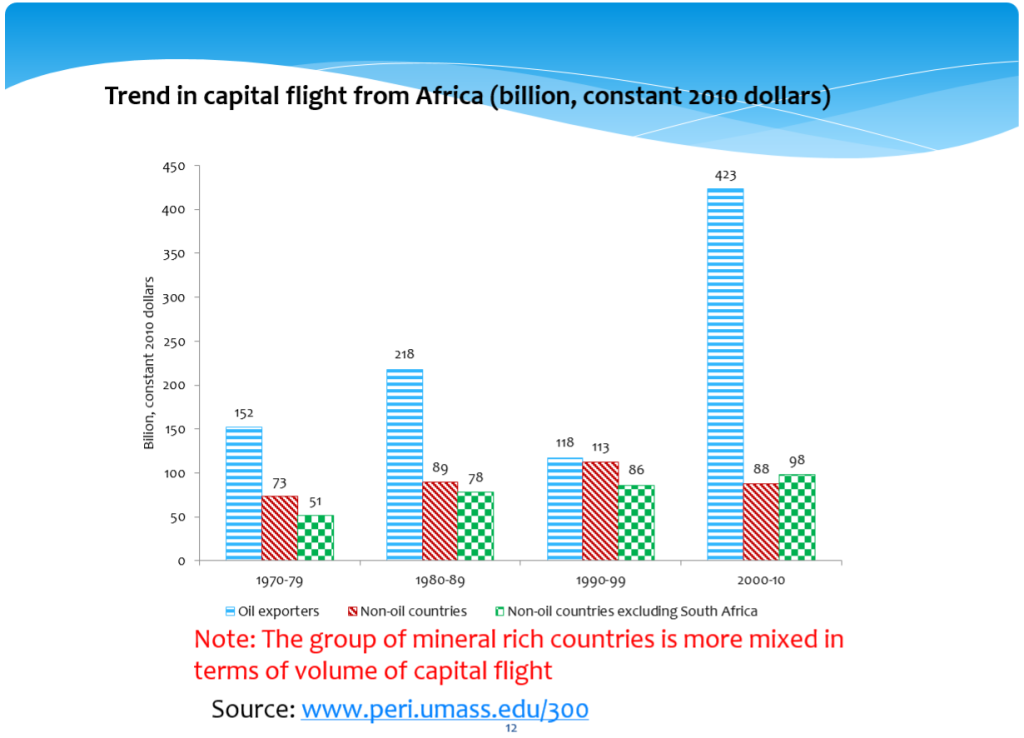 The book’s major contributions lie in the analysis of the determinants, and as importantly the non-determinants, of capital flight. The non-determinants include:
The book’s major contributions lie in the analysis of the determinants, and as importantly the non-determinants, of capital flight. The non-determinants include: